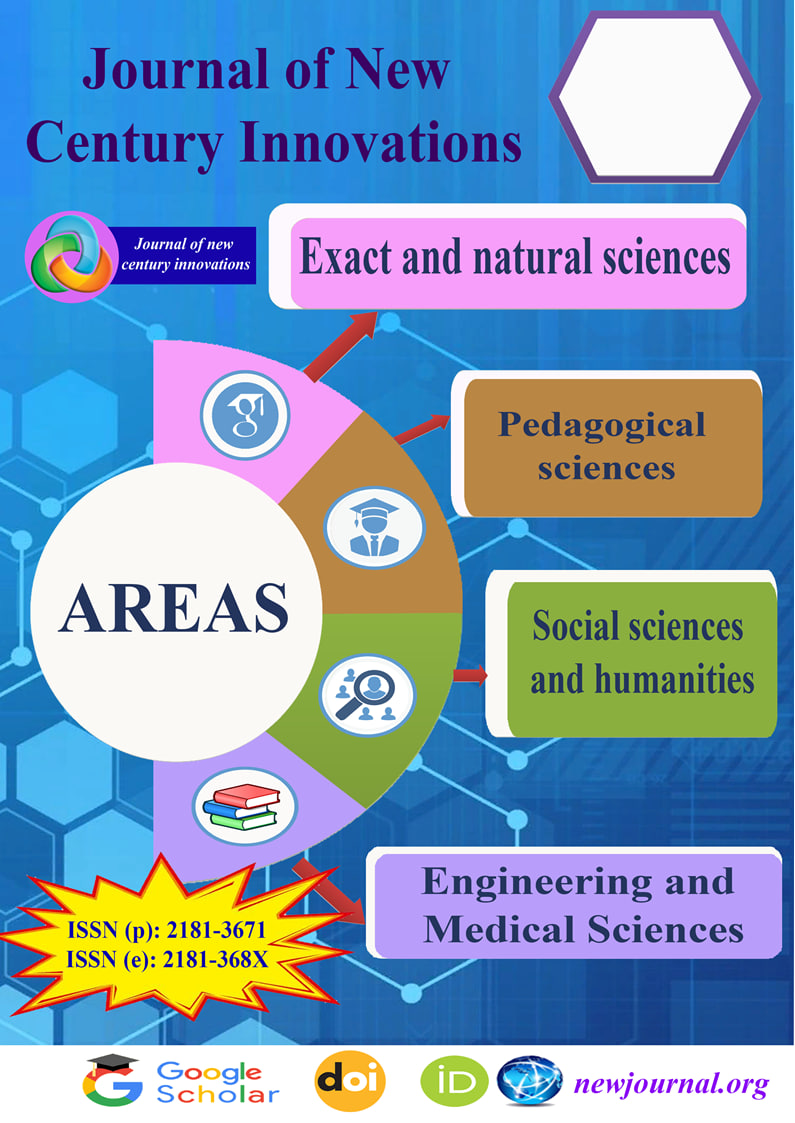MODERNIZATION OF THE BANKING SECTOR IN UZBEKISTAN THROUGH DIGITAL TECHNOLOGIES
Keywords:
Keywords: Digital transformation, banking system, financial stability, digital services, Z-score, cybersecurity, IT investments, digital infrastructure.Abstract
Annotation: The article analyzes the processes of digital transformation in Uzbekistan’s banking system and their impact on financial stability. Based on statistical data for the period 2015–2024, the relationship between the introduction of digital services and key banking indicators was examined using regression analysis. The results show that the Digital Transformation Index has grown significantly, positively influencing banks’ Z-score and capital adequacy ratios. Moreover, the digitalization of financial services has been found to enhance service efficiency, reduce risks, and strengthen the overall stability of the banking system. The study identifies the development of digital infrastructure, government policy, and IT investments as the main drivers of change in the banking sector. However, it also highlights the relevance of regional digital disparities and cybersecurity challenges, proposing recommendations for their mitigation. This article serves as a valuable resource for banking professionals and policymakers, providing scientific insights to support strategic decision-making on digital transformation.
References
1.Bontadini, F., Filippucci, F., Jona-Lasinio, C., Nicoletti, G., & Saia, A. (2024). Digitalisation of financial services, access to finance and aggregate economic performance (OECD Economics Department Working Papers No. 1818). OECD Publishing. https://doi.org/10.1787/10c7e583-en
2 Nozimov, E. A. (2022). Transformation of the Banking Sector in Uzbekistan in the Context ofCovid-19 Corona virus Pandemia. Academic Journal of Digital Economics and Stability, 13, 76–85. https://doi.org/10.51699/ajdes.v13i.398
3..Ismаilov, S. S. (2025). The Impact of Digitalization and Financial Technologies on the Transformation of Human Capital in the Banking Ecosystem. American Journal of Economics and Business Management, 7(10), 45–58. https://doi.org/10.31150/ajebm.v7i10.2950
4 Mamadiyarov, Z. (2024). Comparative Analysis of Digital Banking Adoption in Central Asia: Opportunities and Barriers. Excellencia: International Multi-disciplinary Journal of Education, 2(8), 452–458. https://doi.org/10.5281/ Scientific Journal of “International Finance & Accounting” Issue 4, August 2025. ISSN: 2181-1016
5. Mamadiyarov, Z., & Akhmedova, D. (2023). The Emergence of Digital Banks and the Significance of Digitalization of Banking Activities. Economics and Innovative Technologies,11(2), 1–13. https://doi.org/10.55439/EIT/vol11_iss2/i1
6. OECD. (2024). Digitalisation of financial services, access to finance and aggregate economic performance (Working Paper No. 1818). Paris: OECD Publishing. https://doi.org/10.1787/10c7e583-en
7. Vives, X. (2019). Digital disruption in banking. Annual Review of Financial Economics,11(1),243–272. https://doi.org/10.1146/annurev-financial-100719-120854
8. Waliullah, M., Hossain George, M. Z., Hasan, M. T., Alam, M. K., Sumaiya Khatun Munira, & Siddiqui, N. A. (2025). Assessing the influence of cybersecurity threats and risks on the adoption and growth of digital banking: A systematic literature review. arxiv.https://arxiv.org/abs/2503.22710

